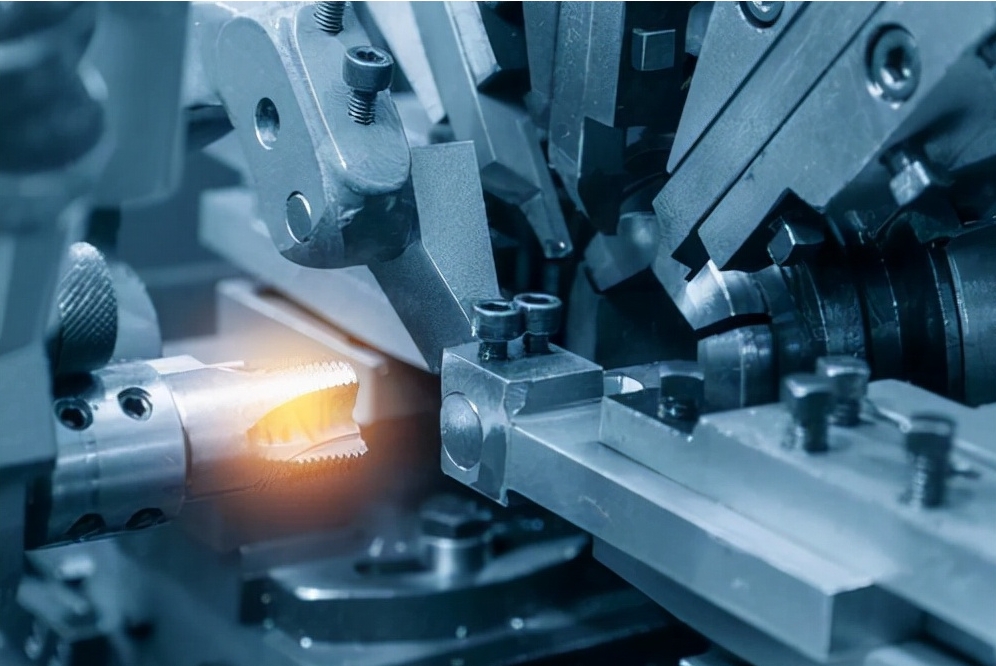Innovations in CNC Technology: Navigating the Future of Machining+ View more
Innovations in CNC Technology: Navigating the Future of Machining
+ View more
Date:2023-11-18 20:10
Introduction:
In the fast-evolving landscape of manufacturing, Computer Numerical Control (CNC) technology stands at the forefront of innovation, reshaping the possibilities of precision machining. This article delves into the latest and upcoming innovations in CNC technology, exploring how advancements in automation, software, and integration are paving the way for a transformative future in the world of machining.

1. Next-Generation Automation:
The future of CNC machining lies in heightened automation. Innovations are underway to enhance machine autonomy, enabling CNC systems to perform intricate tasks with minimal human intervention. From automated tool changes to adaptive machining processes, these advancements aim to boost efficiency, reduce errors, and unlock new levels of productivity.
2. Artificial Intelligence (AI) Integration:
The integration of artificial intelligence is revolutionizing CNC technology. AI algorithms are being employed for predictive maintenance, analyzing historical data to anticipate equipment issues before they occur. Additionally, machine learning is enhancing CNC programming, and optimizing tool paths for increased efficiency and precision.
3. Advanced Materials and Multi-Functionality:
Innovations in CNC technology extend to the machining of advanced materials. CNC machines are evolving to handle a broader range of materials, including composites, ceramics, and exotic alloys. Multi-functionality is a key focus, with machines capable of milling, turning, and additive manufacturing within a single system, offering unprecedented versatility.
4. Digital Twin Technology:
The concept of a digital twin, a virtual replica of a physical CNC system, is gaining traction. Digital twin technology allows manufacturers to simulate and optimize machining processes before they occur, minimizing errors and streamlining production. This virtual representation enables thorough testing and analysis, ensuring optimal performance in the real-world manufacturing environment.
5. Connectivity and the Internet of Things (IoT):
The future of CNC machining is inherently connected. IoT technology facilitates the seamless connectivity of CNC machines, enabling real-time data exchange. This connectivity enhances monitoring, allows for remote diagnostics, and supports predictive analytics. Smart factories with interconnected CNC systems contribute to a more agile and responsive manufacturing ecosystem.
6. Augmented Reality (AR) in Machining:
AR is making inroads into CNC machining, offering operators an augmented view of the machining environment. This technology provides real-time information, such as tool status, measurements, and machining instructions, directly overlaid onto the physical workspace. AR enhances operator efficiency and reduces the likelihood of errors during the machining process.
7. Energy Efficiency and Sustainability Initiatives:
The future of CNC technology emphasizes sustainability. Innovations are underway to enhance energy efficiency in machining processes, optimizing power consumption without compromising performance. Additionally, there is a growing focus on sustainable machining practices, including the use of eco-friendly materials and processes to reduce environmental impact.
8. Collaborative Robotics (Cobots):
The integration of collaborative robots, or cobots, is transforming CNC machining. Cobots work alongside human operators, assisting with tasks that require precision and repetitive motions. This collaborative approach enhances efficiency, improves safety, and allows CNC machines to operate more flexibly in tandem with human workers.

Conclusion:
Innovations in CNC technology are propelling the machining industry into an era of unparalleled capabilities. From advanced automation and AI integration to digital twin technology, connectivity, and sustainability initiatives, the future of CNC machining is marked by a convergence of cutting-edge technologies. As manufacturers embrace these innovations, the industry is poised for increased efficiency, precision, and sustainability, heralding a new era of possibilities in the world of machining.
Share to:
Recommend wonderful blog posts

